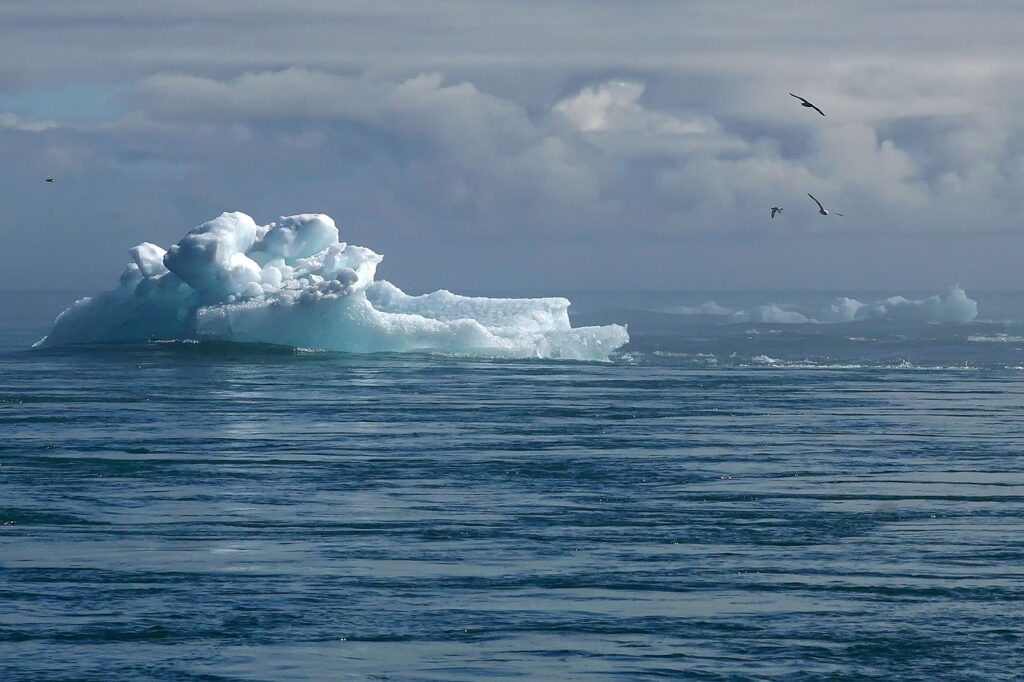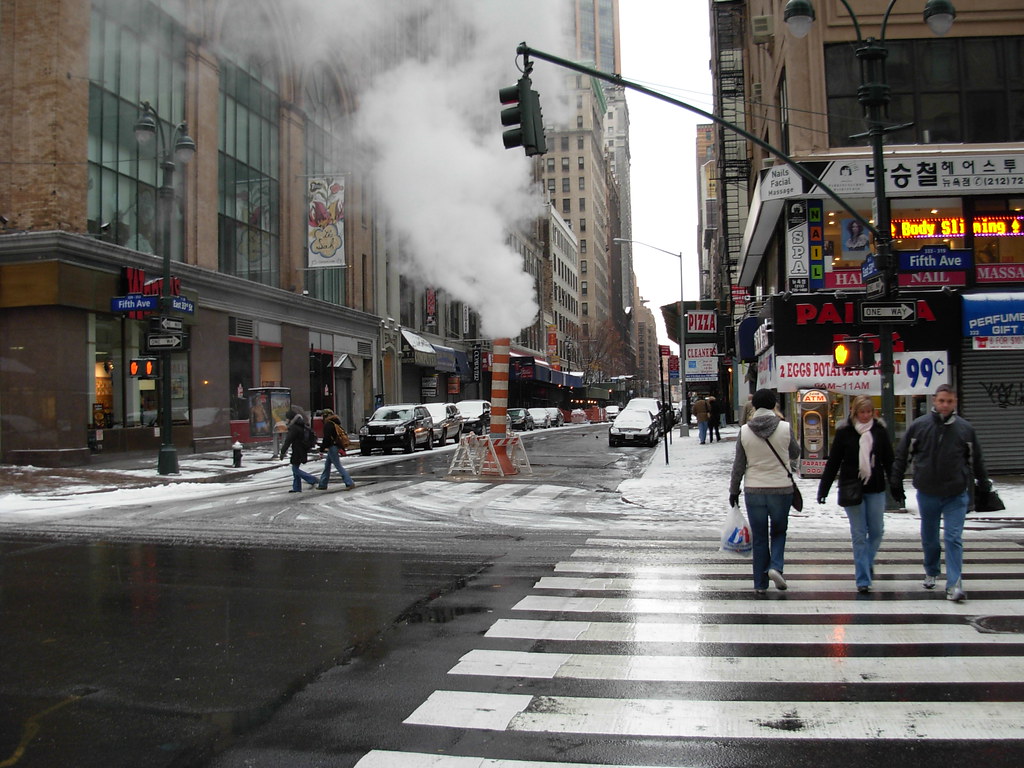The Earth’s atmosphere is a dynamic and complex system, integral to the balance of life on our planet. Among the various gases that compose this atmospheric blend, carbon dioxide (CO2) plays a critical role in regulating temperature and climate. However, recent research has uncovered a startling acceleration in the rate of CO2 increase, a phenomenon that has significant implications for our understanding of climate change and its potential impacts on our world today.
The current CO2 rise is ten times faster than any 50,000-year period
In a groundbreaking study, researchers have determined that the current rate of atmospheric CO2 increase is tenfold greater than any other period in the last 50,000 years. This revelation comes from meticulous chemical analysis of ancient Antarctic ice, which has provided a window into the Earth’s climatic past. The findings, published in the Proceedings of the National Academy of Sciences, are not only a testament to the advanced scientific techniques employed by the researchers but also a stark indicator of the profound influence human activity has on our planet’s climate.
Kathleen Wendt, an assistant professor at Oregon State University’s College of Earth, Ocean, and Atmospheric Sciences and the lead author of the study, emphasizes the significance of this research. “Studying the past teaches us how today is different. The rate of CO2 change today really is unprecedented,” she states. The study’s results are a clarion call, highlighting the urgency with which we must address the issue of human-driven emissions.
The Antarctic ice cores, which have preserved ancient atmospheric gases in tiny air bubbles, serve as a chronicle of Earth’s atmospheric history. By drilling cores up to two miles deep, scientists have been able to extract these samples and analyze the trace chemicals they contain. This research, supported by the U.S. National Science Foundation, has allowed scientists to construct a detailed record of past climate conditions.
The ice core samples from the West Antarctic Ice Sheet Divide have been particularly revealing. They have shown that during the last ice age, which concluded around 10,000 years ago, there were several periods where CO2 levels rose sharply. These periods were not fully understood due to the limitations of previous measurements. However, with enhanced precision, Wendt and her colleagues have been able to uncover the full nature of these rapid changes.
The study identified that these surges in CO2 coincided with North Atlantic cold intervals known as Heinrich Events, which are associated with abrupt climate shifts globally. Christo Buizert, an associate professor and co-author of the study, describes these events as “truly remarkable,” triggered by the collapse of the North American ice sheet. This collapse set off a domino effect, altering tropical monsoons, Southern hemisphere westerly winds, and leading to significant releases of CO2 from the oceans.
During the most significant natural increases, CO2 levels rose by approximately 14 parts per million over 55 years, a rate that occurs every 7,000 years or so. In stark contrast, today’s rates achieve the same increase in a mere 5 to 6 years. This comparison underscores the extraordinary pace at which human activities are altering the atmospheric composition.
The research also suggests that the strengthening of westerly winds, which are crucial for deep ocean circulation, was linked to the rapid release of CO2 from the Southern Ocean during past periods of natural CO2 rise. With predictions indicating that these winds will intensify further due to climate change, there is a concern that the Southern Ocean’s ability to absorb human-generated CO2 will be compromised.
“We rely on the Southern Ocean to take up part of the carbon dioxide we emit, but rapidly increasing southerly winds weaken its ability to do so,” Wendt explains. This finding is particularly troubling as it suggests a feedback loop where climate change may further diminish the natural processes that currently help mitigate its effects.
Understand the current trajectory of climate change and its potential future impacts
The implications of this research are far-reaching, providing a crucial context for understanding the current trajectory of climate change and its potential future impacts. It also serves as a reminder of the interconnectedness of our planet’s climate systems and the profound ways in which they can be influenced by both natural events and human actions.
Delving into the historical context of our planet’s climate, it’s evident that the Earth has experienced natural fluctuations in atmospheric carbon dioxide levels over the millennia. These variations have been driven by a myriad of factors, including volcanic activity, changes in solar radiation, and the Earth’s orbital variations. However, the recent findings from the Antarctic ice cores paint a picture of a new era, one where human influence has become the dominant force in climate change.
The historical context of CO2 increases
It is crucial to understanding the potential future implications of the current unprecedented rise. During the last ice age, which ended around 10,000 years ago, the Earth experienced several periods of abrupt climate change. These periods, known as Heinrich Events, were characterized by dramatic shifts in climate patterns across the globe. The research conducted by Dr. Kathleen Wendt and her team has shed light on these events, revealing that they were accompanied by significant increases in atmospheric CO2.
The Heinrich Events were triggered by massive collapses of the North American ice sheet, which set off a chain reaction affecting global climate systems. The collapse led to changes in the tropical monsoons, the Southern hemisphere westerly winds, and resulted in large releases of CO2 from the oceans. These events are a testament to the interconnectedness of Earth’s climate systems and the profound impact that changes in one region can have on the entire planet.

The ice core data from the West Antarctic Ice Sheet Divide has provided a detailed record of these past CO2 increases. During the most significant natural increases, CO2 levels rose by about 14 parts per million over 55 years. To put this into perspective, today’s rates achieve the same increase in just 5 to 6 years. This comparison not only highlights the alarming rate of current CO2 increases but also underscores the role of human emissions in driving this change.
Looking to the future, the implications of these findings are both profound and concerning. The Southern Ocean has historically played a crucial role in absorbing CO2 from the atmosphere. However, the research suggests that the strengthening of the westerly winds, which are expected to intensify due to climate change, could diminish the Southern Ocean’s capacity to absorb human-generated CO2. This potential reduction in CO2 uptake is worrisome, as it could exacerbate the effects of climate change by allowing more CO2 to remain in the atmosphere.
The research team, including Dr. James Rae from the University of St Andrews, has highlighted the astonishing sequence of rapid shifts in climate triggered by Heinrich Events. These shifts included rapid cooling in Northwestern Europe, expansion of sea ice, and disruption to tropical monsoons. The study’s findings indicate that similar changes in winds and ocean circulation around Antarctica could lead to further releases of CO2, creating a feedback loop that may accelerate climate change.
As we consider the future implications of these findings, it is clear that the rate of CO2 increase we are witnessing today is not only unprecedented but also a clear signal of the urgent need for action. The research underscores the importance of reducing human-generated emissions to mitigate the potential impacts of climate change. It also serves as a reminder that the Earth’s climate system is highly sensitive and that changes in one part of the system can have far-reaching effects.
The rapid increase in atmospheric CO2 levels is a clarion call for humanity. It is a call to acknowledge the profound impact our actions have on the planet and to take responsibility for shaping a sustainable future. The historical context provided by the Antarctic ice cores serves as a powerful reminder of the Earth’s natural climate rhythms and the stark contrast of today’s human-driven changes.
It is imperative that we heed the lessons from the past and work collectively to address the challenges of climate change. The future of our planet and the legacy we leave for future generations depend on the choices we make today. Let us rise to the occasion and embrace the opportunity to create a more balanced and harmonious relationship with the Earth’s climate system.
Related posts:
Atmospheric Carbon Dioxide Is Increasing 10 Times Faster Than at Any Point in the Last 50,000 Years
CO2 increasing 10 times faster than any point in last 50,000 years – study





